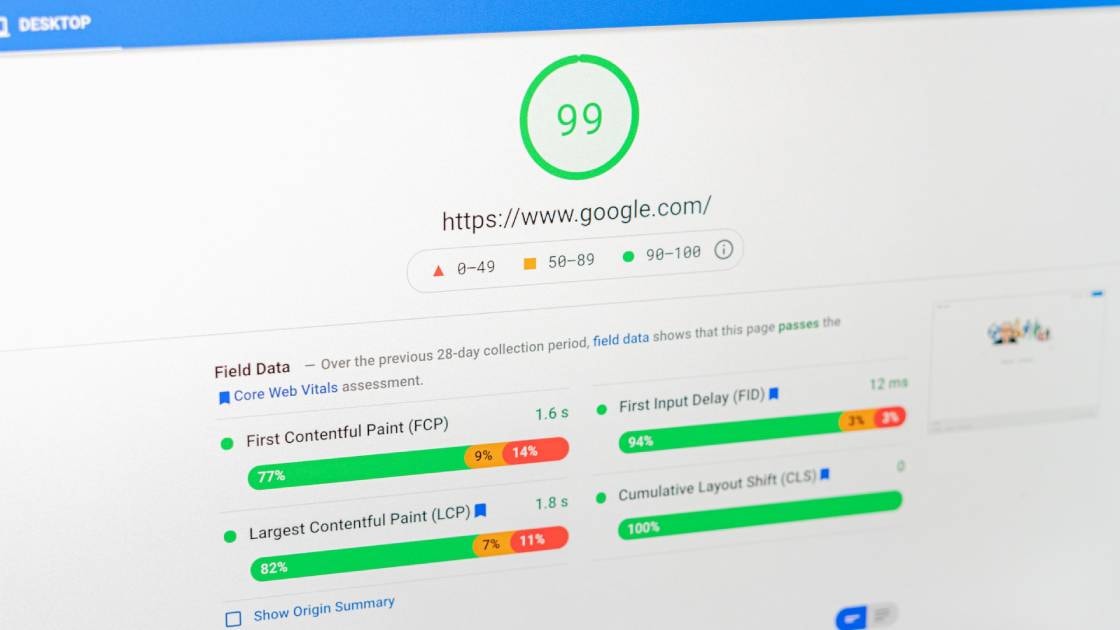Optimization
Kaapo.Studio

- Published on

We analyze and optimize website or application performance, including load times, rendering, and responsiveness, to provide a faster and smoother experience for users.
Performance optimization is the process of improving the speed, efficiency, and overall performance of a website or an application.
This process is important because it enhances user experience, reduces bounce rates, improve search engine rankings, and can lead to better conversion rates.
The process of performance optimization can be broken down into these steps:
Anazyle and measure performance
Use tools such as Google Lighthouse, PageSpeed Insights, and WebPageTest to analyze and measure the performance of your website or application. Identify the key performance metrics that you want to improve, such as load times, time to first byte (TTFB), time to interactive (TTI), and first contentful paint (FCP).
Set performance goals
Determine the desired performance improvements for your website or application and establish a target metrics. This will help to prioritize the most important performance improvements and measure the progress of optimization efforts.
Optimize assets
Minimize the size and number of assets (HTML, CSS, JavaScript, images, fonts, etc.) that need to be loaded by the browser. This can be achieved through techniques such as minification, compression, using CSS sprites, and serving images in next-gen formats like WebP or AVIF.
Implement lazy loading
Load non-critical or below-the-fold assets (such as images or videos) only when they are needed or as the user scrolls down the page, reducing the initial load time.
Leverage browser caching
Configure the server to set appropriate cache headers for static assets, allowing browsers to store and reuse assets, which reduces the number of requests and data transfer on subsequent visits.
Optimize server response time
Improve the backend performance by optimizing database queries, using caching mechanisms, and upgrading server hardware or hosting if needed.
Use content delivery networks (CDN)
Distribute static assets across a network of servers in different geographical locations to reduce the latency and improve load times for users.
Optimize render-blocking resources
Minimize or defer the loading of render-blocking resources (such as CSS and JavaScript) that can delay the rendering of the page.
Implement critical rendering path optimization
Identify and optimize the sequence of events that occur during the loading and rendering of the page, ensuring that the critical resources are loaded and displayed as quickly as possible.
Optimize JavaScript execution
Refactor JavaScript code to improve performance, avoid long-running task, and eliminate blocking or janky animations.
The performance optimization is ongoing process that requires constant monitoring and maintenance.